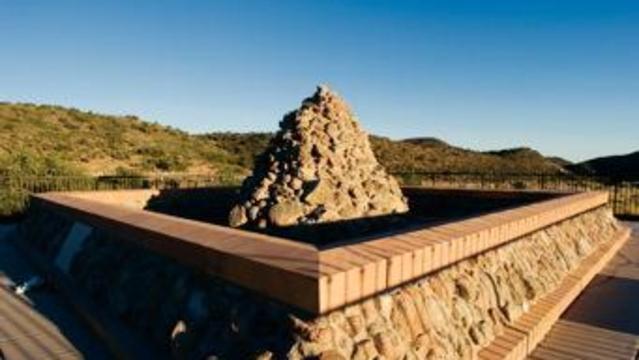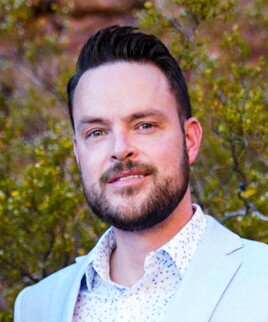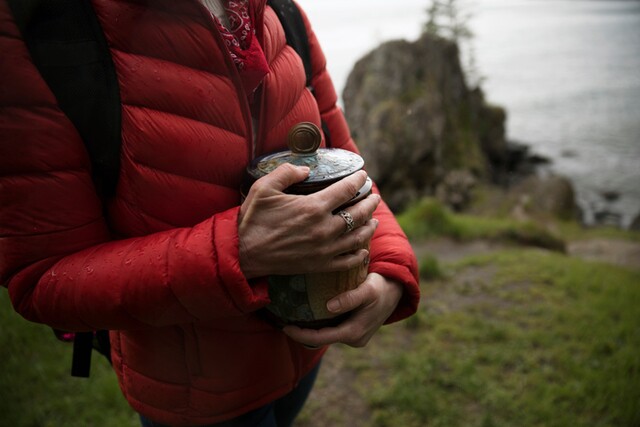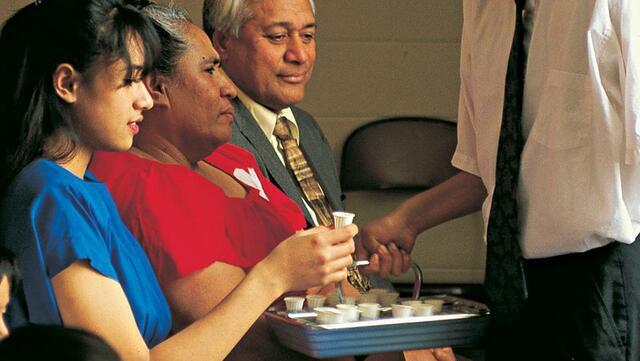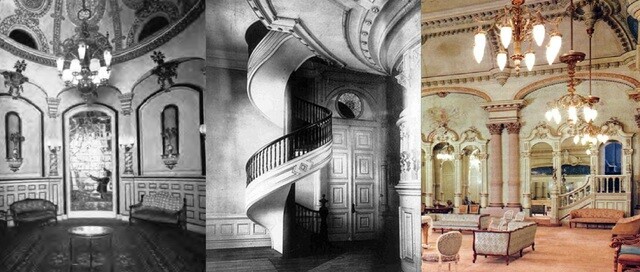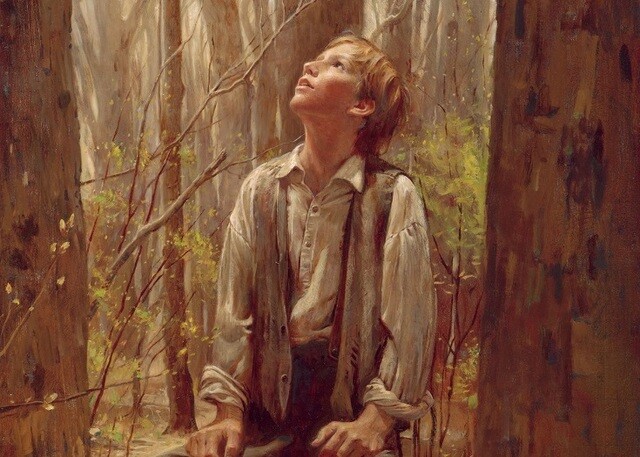Editor's note: This article is part of a series on what the Church has actually taught about various topics. To read more about the Church’s teachings on cremation, garments, beards, and more, click here.
The date 9/11 has come to symbolize catastrophe and mourning for the entire American nation. But long before 2001, September 11 was a remorseful date in Latter-day Saint history. On that day in 1857, members of The Church of Jesus Christ of Latter-day Saints massacred about 120 innocent travelers who were passing peacefully through Utah Territory.
At the time, the “Utah War” between the newly settled Latter-day Saints and the federal government had tensions and tempers high. When settlers in southern Utah, near Cedar City, heard about the Fancher wagon train passing through their territory from Arkansas, suspicion and tension mounted, and local Church leaders and members plannedto attack. Some balked at the plan, so a letter was sent to President Brigham Young seeking guidance for how to proceed. Tragically, the situation escalated and the attack went forward long before a reply from President Young could be received.
During a five-day siege, the stunned immigrants circled their wagons and fought off attacks by the locals and some Paiute Indians. Several immigrants were killed by gunfire. Finally the settlers were coaxed out of hiding with a false promise that they’d be taken to safety. As about 120 men, women, and children were led into the open, a signal was given, and in unison the locals and Paiutes attacked and killed everyone but 17 young children.
Two days after the massacre, President Young’s reply arrived. It instructed the settlers to not interfere with any passing wagon train. It was too late.
Many books and articles about the massacre have been written, but official statements in recent years highlight the Church’s current view. Several statements were made in 2007, which marked the 150th anniversary of the massacre.
That year, the Church published a candid Ensign article about the massacre written by Richard E. Turley Jr., managing director of the Church’s Family and Church History Department. The article acknowledged the horrific role of local Church leaders and members. It noted the irony that “those who had deplored vigilante violence against their own people in Missouri and Illinois . . . follow[ed] virtually the same pattern of violence against others, but on a deadlier scale.”
President Henry B. Eyring also made a statement that year during a sesquicentennial service memorializing those who were killed. Previous to that event, Church leaders had opened the official archives to researchers to better understand the massacre. In his address, President Eyring spoke about the researchers’ findings:
“Two of the significant conclusions they have reached are (1) that the message conveying the will and intent of Brigham Young not to interfere with the immigrants arrived too late, and (2) that the responsibility for the massacre lies with local leaders of The Church of Jesus Christ of Latter-day Saints in the regions near Mountain Meadows who also held civic and military positions and with members of the Church acting under their direction.”
President Eyring went on:
“The truth, as we have come to know it, saddens us deeply. The gospel of Jesus Christ that we espouse abhors the cold-blooded killing of men, women, and children. Indeed, it advocates peace and forgiveness. What was done here long ago by members of our Church represents a terrible and inexcusable departure from Christian teaching and conduct. We cannot change what happened, but we can remember and honor those who were killed here.
“We express profound regret for the massacre carried out in this valley 150 years ago today and for the undue and untold suffering experienced by the victims then and by their relatives to the present time.”
Learn more about what the Church has said about the Mountain Meadows Massacre:
- Richard E. Turley Jr., “The Mountain Meadows Massacre,” Ensign, Sept. 2007, 14–21.
- Henry B. Eyring, “150th Anniversary of Mountain Meadows Massacre,” Newsroom, newsroom.churchofjesuschrist.org.
- Gospel Topics, “Mountain Meadows Massacre,” topics.churchofjesuschrist.org.
Massacre at Mountain Meadows
The Mountain Meadows Massacre stands as one of the darkest events in Mormon history. Neither a whitewash nor an exposé, Massacre at Mountain Meadows provides the clearest and most accurate account of a key event in American religious history.

